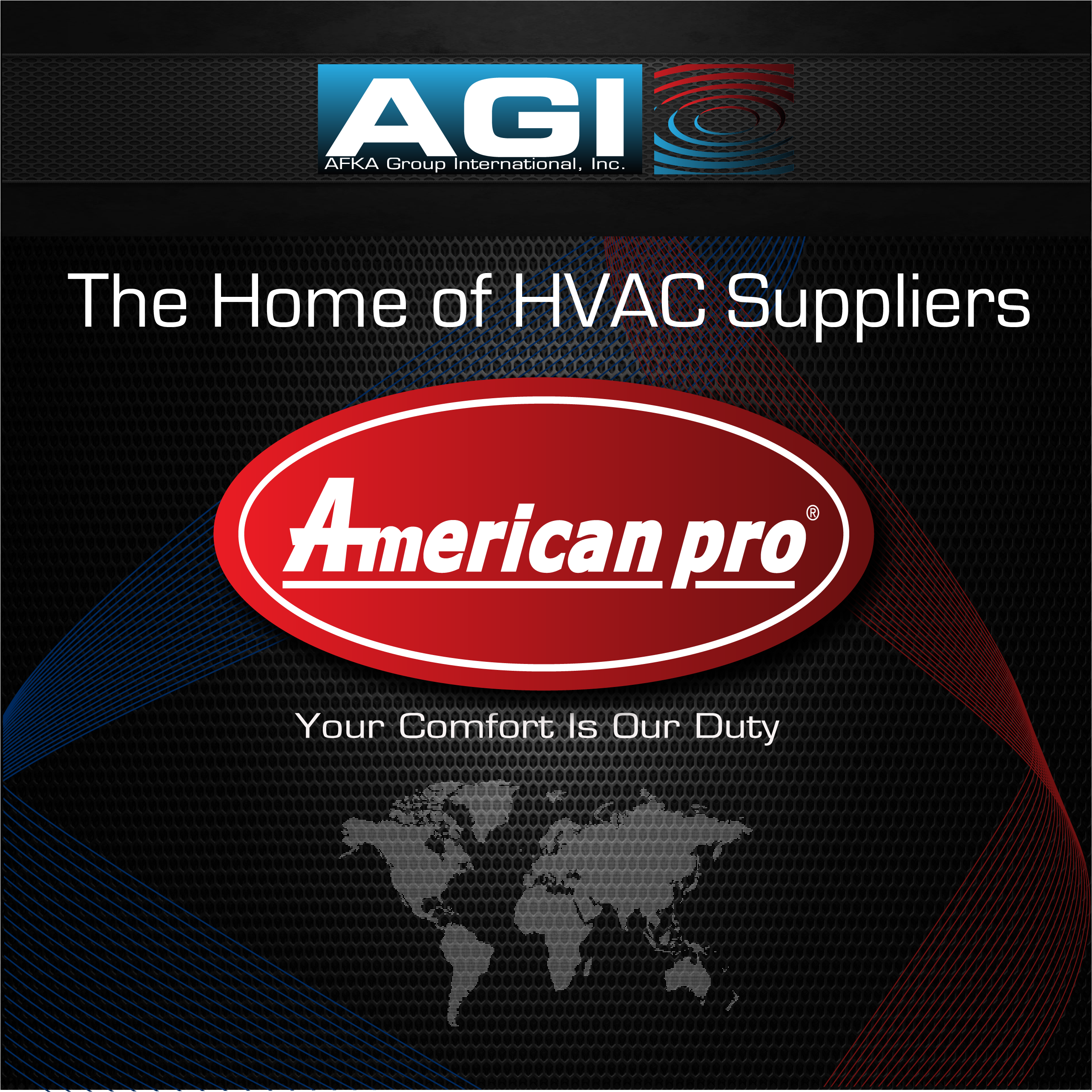Nothing beats walking into an air-conditioned home on a hot day or having a warm and cozy home on a cold night. Understanding how your heating, ventilating and air conditioning system works can help you troubleshoot problems when they arise.
Calculate the correct markup percentage for parts and materials to price your services profitably. Use our HVAC Parts Markup Calculator to create professional, branded estimates for your customers.
Combustion Chamber
The combustion chamber in an engine is where the fuel burns, producing hot gases. These gases expand rapidly and are used to generate power by pushing a piston on a crankshaft. They can also be used to create thrust when directed out of a nozzle as in a jet or rocket engine.
The design of a combustion chamber can vary in many ways such as how the fuel is injected or how the air is heated. In most engines the fuel is injected into the chamber where it vaporises before it is ignited by a spark plug.
The design of a combustion chamber is often designed as a parallelepiped box lined with refractory material. It is shaped to guarantee the foreseen temperatures and residence time in order to assure proper flame ignition. The chamber ceiling is sloped to help postcombustion gas flow toward the outlet section. The hopper for ashes is situated at the end of the chamber.
Evaporator Coil
An evaporator coil is one of the critical components that ensures your HVAC system provides cool air to your home. It is located within your indoor unit and works in conjunction with the condenser coil to send and receive refrigerant between the indoor and outdoor units.
A clogged or dirty evaporator coil makes it difficult for your AC to absorb heat and will lead to reduced efficiency and higher energy consumption. Regular cleaning and changing your air filters will help keep your evaporator coil clean.
The evaporator coil is made from copper, aluminum or steel because they are excellent heat conductors and has fins around it to help with the heat dissipation process. Once the refrigerant passes through the evaporator coil, it loses pressure and goes back into a liquid state via an expansion valve. From here, it travels to the condenser coil to repeat the cooling cycle. The condenser coil removes heat from the air and carries it outside, while the evaporator coil absorbs the heat.
Thermostat
The thermostat regulates the heat that comes from your gas or oil heater, electric baseboard heaters and some other devices. Its internal mechanism varies depending on the type of thermostat. The illustration here shows the interior of a simple two wire heat-only household thermostat. The current that powers the thermostat passes from the mercury switch, through a resistive loop and through a microswitch in the anticipator ring.
It’s here that the current is switched on and off by changes in temperature. One of the contact screws is attached to a coiled bimetallic strip that expands and retracts based on the temperature. This coiling and uncoiling cause the contacts to touch and trigger the heating system.
A modern alternative to this older design uses a pair of metal discs with a gas-filled bellows in between. When the bellows expands, they push the discs apart and turn on a circuit that controls the heater. You can find a wide selection of thermostats, including programmable digital models that save energy by automatically adjusting the temperature to match your schedule.
Motors
Motors are integral to the heating and cooling process, moving hot air through ductwork and operating compressors. Anyone working in the field of HVAC (heating/ventilation/air conditioning) knows they work with electric motors every day, whether designing new products, specifying equipment, installing or repairing products.
PSC, or permanent split capacitor, motors are found in many small to medium HVAC systems powering fans and pumps. They run on one main winding and an auxiliary or start winding. They are the workhorses of the industry and can be fairly easy to troubleshoot when they fail.
ECM motors, or electronically commutated motors, are a recent advancement in heating and cooling technology that saves energy by varying their speed depending on the conditions of your home. Since July 2019, the Department of Energy has mandated that all equipment manufacturers use these motors in furnaces and air handlers, resulting in billions of dollars of home electricity savings over time. These motors operate on one main winding and a variable-speed control that adjusts their speed accordingly.Hvac parts near me



